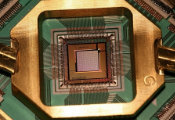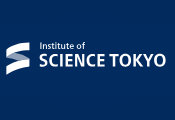UK Quantum Developer Says Optimization Advance Could Boost Real-World Uses
A recent first-of-its-kind demonstration of “light-shift weighting” of a quantum array by scientists in the UK will help unlock new ways to achieve quantum optimization of complex problems. Using neutral atom arrays, this control mechanism opens the door to exploring different encodings of problems onto an analog quantum computer.
The findings stem from a recent paper published in a longstanding collaboration between M Squared and the University of Strathclyde and will further the operational capability of M Squared’s Maxwell Quantum Computing platform towards useful commercial applications.
This is the first time a machine has been used for a computational process and showcases a potential pathway that would provide a route to map a large variety of graph and Quadratic unconstrained binary optimisation (QUBO) problems onto neutral atom arrays.
Focusing on analogue quantum computation, the research demonstrates a new pathway to solving very complex optimisation problems. This work represents the global first demonstration of weighted graph optimisation on a Rydberg atom array using annealing with local light-shift and control of weighting via local light shifts, which is highly scalable.
Carried out under the long-running Square Partnership with the University of Strathclyde in Glasgow, the demonstration has verified the ability to implement graph optimisation using local-light shifts in a scalable way and performed the first embedded weighted unit disk graph using local control for weight constraints.
Graeme Malcolm, co-founder and CEO of M Squared said: “Neutral atom arrays have now emerged as a versatile platform towards scalable quantum computation and optimisation. The demonstration provides a scalable and versatile platform for near-term quantum computing in optimisation problems including logistics and systems optimisation promising to benefit many different industries.”




































